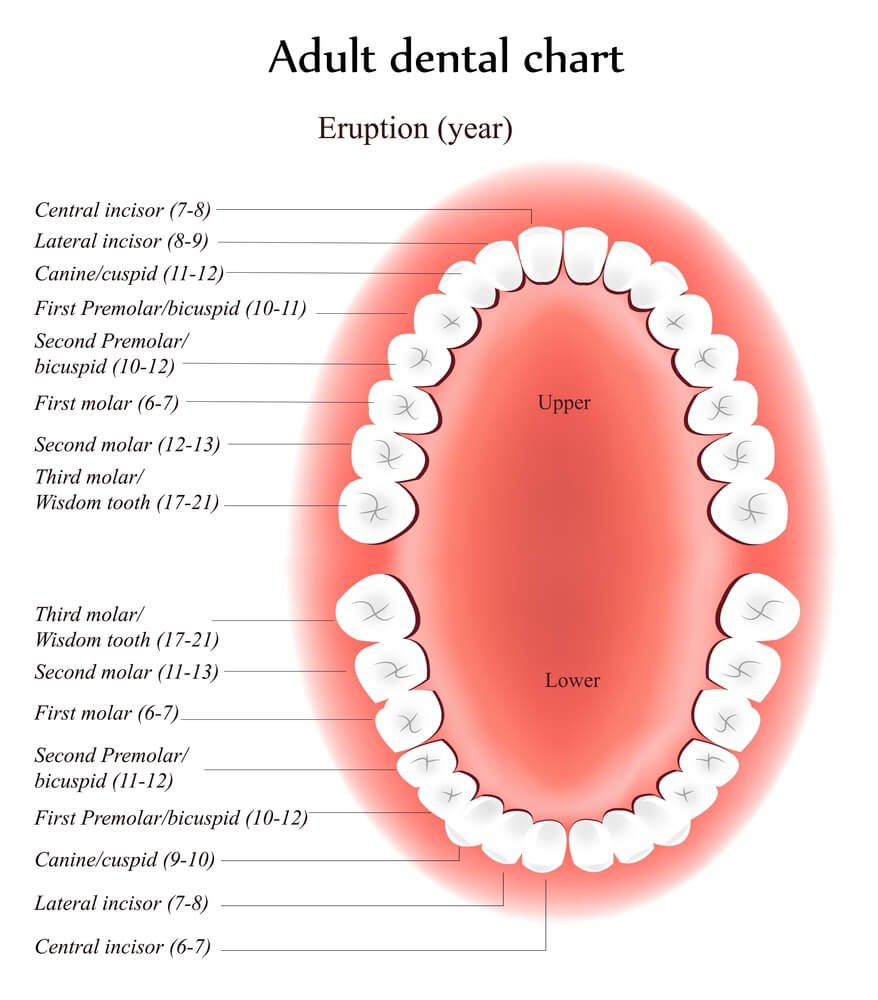- Details
-
Published: Thursday, 17 October 2024 01:11
-
Hits: 433
Atomic Bonds
So far we saw atoms in isolation. Atoms combine together to form molecules which take place via some chemical reaction. The individual atoms form bonds with other atoms, which makes these molecules. These bonds take energy to form, and hence will require energy to break them apart to release individual atoms. Atoms want to have full orbit (or 2 or 8 electrons in their outermost shell), so whatever reaction lets them achieve it, they go for it.
Before we learn Bonds, let's look at electronegativity.
Electronegativity (EN):
Electronegativity refers to the relative ability of an atom to attract it's electrons. An atom which has more +ve charge in nucleus (i.e more protons) will attract it's electrons stronger, meaning it's more electronegative. However, if the atom is bigger (due to higher Z), then electrons will be further out from protons, meaning the force is reduced (as 1/R^2). So, based on this Fluorine is arbitrarily assigned EN=4, which is the highest in periodic table. EN increases as we go from left to right in a row, and decreases as we go from top to bottom in a column. Lowest EN is for Caesium=0.8, with Hydrogen's EN=2.2
Link => https://chem.libretexts.org/Bookshelves/Physical_and_Theoretical_Chemistry_Textbook_Maps/Supplemental_Modules_(Physical_and_Theoretical_Chemistry)/Physical_Properties_of_Matter/Atomic_and_Molecular_Properties/Electronegativity
So, based on EN trend, elements which are in the diagonal line going from top left to bottom right, have almost same EN< which results in many of their chemical properties being very similar. Since no 2 diff atoms have same EN, if bonds are formed b/w the, the more EN element will attract the electrons more than the less EN element does.
As it is usually calculated, electronegativity is not a property of an atom alone, but rather a property of an atom in a molecule. Even so, the electronegativity of an atom is strongly correlated with the 1st IE (read in IE in periodic table section).
NOTE: metals have low EN, while non metals have higher EN.
There are 2 kind of Bonds that exist b/w atoms. One is the bond that exist within a molecule b/w diff atoms of a molecule, and other is the one that exists b/w atoms of different molecules of same compound.
Intramolecular Bonds:
Intramolecular forces are the forces that hold atoms together within a molecule. They are responsible for forming intramolecular bonds.
There are 3 different kinds of intramolecular bonds:
1. Ionic Bond: These are bonds that are formed when one of the atoms loses electrons while other gains them, resulting in +ve and -ve ions, which are attracted to each other and form bonds. These bonds are usually formed b/w a metal and non metal, as they are on opposite sides of periodic table. Ex: Na-Cl bond is ionic. Certain ions are referred to in physiology as electrolytes (including sodium, potassium, and calcium). These ions are necessary for nerve impulse conduction, muscle contractions and water balance.
2. Covalent Bond: These are bonds that are formed when the atoms share electrons b/w each other. Here electrons are shared equally b/w the 2 atoms involved to complete their outer shell (require 2 or 8, electrons depending on the outermost shell number, known as the octet rule). These bonds are usually formed b/w atoms of non metal element (Same or different), i.e O atoms form covalent bond with each other to form O2. Similarly for H2 . Other ex: CO2 where C forms 2 covalent bonds, one with each O atom. Many bonds commonly found are covalent bonds.ex: H2O. Sharing of 1 electron results in 1 covalent bond, similarly 2 or 3 forms double or triple covalent bond. More the electrons shared, stronger the bond is. Ideally there shouldn't be any charge on any atom as they didn't give or take any charge. 2 types of covalent Bonds exist:
- Non Polar Covalent Bonds: What we know from EN is that, no 2 elements have same EN. When same elements forms bond as in H, the electrons will be right in middle of the bond, and no H atom has more force over these shared electrons. These bonds are called non polar covalent bonds (or pure covalent bonds). These bonds are also formed b/w atoms of different elements when their EN is very close to each other.
- Polar Covalent Bonds: Most atoms have different EN. When bonds are between diff atoms as in HCl, then the more EN atom will pull electrons closer to it than less EN one. Here Cl is more EN, so it gets shared electrons closer to itself, resulting in slightly -ve charge on Cl and slightly +ve on H. These kind of covalent bonds are polar, since they have developed a charge separation due to EN. Similar is the case for H2O where H has slight +ve charge and O has slight -ve charge. Non polar Covalent bonds have no charge develop as in O2. If the EN diff is too big, the electrons may get so much closer to more EN atom, that the bond doesn't look like covalent bond, but rather an ionic bond. So, an ionic bond is just a highly polar covalent bond. Thus there is no clear cut separation b/w Ionic and Covalent bond. They are the same bond, but when charge separation is too large, we refer the covalent bond as ionic bond.
3. Metallic Bond: This is a type of extreme covalent bond that specifically occurs between atoms of metals, in which the valence electrons are free to move through the lattice. This bond is formed via the attraction of the mobile electrons—referred to as sea of electrons—and the fixed positively charged metal ions. Metallic bonds are present in samples of pure elemental metals, such as gold or aluminum, or alloys, like brass or bronze. At first glance, they look like bonds b/w atoms of different molecule, but metals don't form molecules amongst their own atoms. They remain as a large monolithic structure, all atoms within which are bonded together. Here 1 electron is shared across multiple atoms (i.e doesn't belong to any particular atom).
Rules of which type of bond forms => https://chem.libretexts.org/Bookshelves/Introductory_Chemistry/Introduction_to_General_Chemistry_(Malik)/03%3A_Compounds/3.09%3A_Intramolecular_forces_and_intermolecular_forces
These are the 3 rules of these Ionic and covalent bonds:
- Covalent/Metallic: A small electronegativity difference (EN < 1.9) leads to a covalent bond or metallic bond
- Covalent bonds: Nonmetals tend to make a covalent bond with each other. Nonmetals also have higher EN. So, when the average EN of the bonded atom is high and the EN difference between them is low, they tend to make a covalent bond.
- No electronegativity difference between two atoms leads to a pure non-polar covalent bond. Ex: CH4 .
- A small electronegativity difference leads to a polar covalent bond. Ex: H2O
- Metallic bonds: Metals tend to make the metallic bond with each other. Metals also tend to have lower EN values. So, when the average EN of the bonded atom is low and the EN difference between them is also low, they tend to make a metallic bond. ex: Cu, Al, etc.
- Ionic: A large electronegativity difference (EN > 1.9) leads to an ionic bond. Generally, a bond between a metal and a nonmetal is ionic. Ex: NaCl
Metallic bond is the strongest, followed by Ionic, then polar covalent bond, and lastly non polar covalent bond.
Metals vs Non Metals:
Periodic Table: In periodic table, metals are on usually on left side and in middle, while non-metals are on right side. In between metals and nonmetals is a narrow bank of elements called metalloids (i.e Carbon, Silicon, etc).
Trends as explained above are listed again below:
- Metal and Non metal form an ionic bond i.e NaCl.
- 2 Non metals form a covalent bond. i.e O2.
- 2 Metals form a metallic bond. Metals have high melting point (solid at room temp), are malleable, good thermal and electrical conductors.
Metal Alloys:
When we melt 2 or more metals, and then solidify them, we get an alloy. Even though it looks like a simple mixing, the properties of alloy are very different. Usually alloys are stronger, durable and more suitable for multiple applications.
- Stone Age (3.4mya - ~3000 BC): This is where humans didn't know about metals, and used stones to make weapons, etc.
- Copper Age (~5000 BC - ~3000 BC): The earliest metal known to mankind was Copper, which was discovered around 9000 BC. Copper smelting to make beads etc were known around 5000 BC-6000 BC. Copper melts at around 1100C, which wasn't possible to do before 5000 BC. Copper age isn't called out separately, but instead clubbed with Bronze age.
- Bronze Age (~3500 BC - ~1200 BC): Tin was first smelted in combination with copper around 3500 BC to produce Bronze - and thus giving place to the Bronze Age. Bronze is an alloy of copper with 87.5% Cu and 12.5% Tin. Brass, another alloy of Cu and Zn with 2/3 Cu and 1/3 Zn was also widely used. All these alloys also had addition of few other metals and non metals to give them specific properties. These alloys were stronger, more ductile and malleable.
- Iron Age (~1200 BC - ~500 BC): Even though iron was known from before 5000 BC, it wasn't until the discovery of smelting around 3000 BC that led to the start of the Iron Age around 1200 BC and the prominent use of iron for tools and weapons. Iron was the hardest to melt of all known metals at that time, as it's melting pt was 1500C. Around 500BC, Iron smelting became common.
Different types of Alloys:
- Interstitial Alloy (IA): When the size of atoms of the constituents of an alloy are very different, then the smaller sized atoms get in between the bigger sized atoms (in b/w the spaces w/o displacing the bigger atoms). These are called Interstitial Alloy.
- ex: Steel: Alloy of Iron and Carbon. Carbon is much smaller in size than Fe and gets into the vacant spaces.
- Substitutional Alloy (SA): When the size of atoms of the constituents of an alloy are very different, then the smaller sized atoms get in between the bigger sized atoms (in b/w the spaces w/o displacing the bigger atoms). These are called Interstitial Alloy.
- ex: Brass: Alloy of Copper and Zinc. Both Copper and Zn are of almost same size, Zn ends up substituting Cu atoms.
- Combination of Interstitial and Substitutional Alloy (ISA): We may have alloys where both interstitial and substitutional atoms are present.
- ex: Stainless Steel: Alloy of Iron, Chromium (18%) and Carbon. Here Chromium being about the same size as Iron, ends up substituting Fe, while C being much smaller gets into interstitial spaces. Chromium improves the corrosion property of steel tremendously. It was found by accident.
One thing you will notice is that these alloys have lower melting pt than the lowest melting of all of the constituents. This is due to Eutectic effect, where atoms of one metal end up disrupting the regular crystalline structure of another metal. This results in even weaker interatomic bonding than in pure form, and hence lower melting pt. As an ex: Both Cu nd Silver melt at 1000C, but the alloy melts at a lowest temp of 800C @ 28% silver. Of course at 2 end points, the melting temps are at 1000C, but they start coming down as % of 1 metal increases, and then again start going back up as % of other metal inc.
Intermolecular Bonds:
Intermolecular forces are forces that exist between molecules. They are responsible for forming intermolecular bonds. They are explained in section "Phases of matter".




